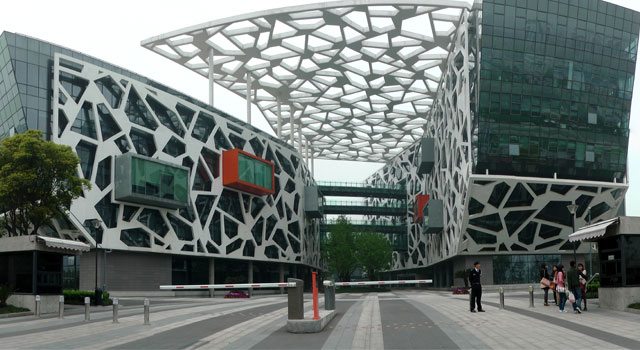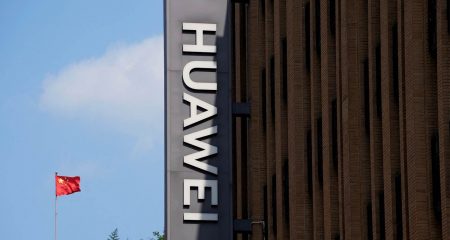
In 2015, the total value of e-commerce in China was US$603bn. Of that, $485bn, or 80%, went through Alibaba.
The scale of the company’s dominance in the country is quite staggering, and speaking at the Consumer Goods Forum Global Summit in Cape Town on Thursday, CEO Daniel Zhang argued that there is still scale for growth.
“By 2020, Alibaba wants to be the first company to have retail sales of over $1 trillion in one year,” he said. “That is our goal.”
Zhang explained that the first key in achieving this goal is the way in which the company helps its brand partners to reform the distribution channel.
In the traditional model, the interactions between manufacturers and consumers are “intermediated” by distributors and retailers, he explained. However, Alibaba changes this by acting not as a middleman, but as a platform.
“We want to be a facilitator to enable manufacturers to establish direct access to customers,” said Zhang. “This is not just to enable sales, but to enable continuous customer engagement.”
This is possible because of the extent of Alibaba’s presence. Its e-commerce platforms are supported by extensive media assets, including instant messaging and video streaming services.
“I want to emphasise one thing,” said Zhang. “Alibaba is not a commerce company. Alibaba is not a service company. In substance, Alibaba is a data company. All of these businesses create data.”
The compelling thing for the group’s brand partners is what this data enables them to do.
“We want to do everything in one ecosystem,” said Zhang. “We can help you to track the user across the platforms. And we want to integrate those platforms so that people can do branding, customer engagement, and finally convert to sales. All of those things take place within the ecosystem, and all of them are trackable.”
As an example, he showed how Maybelline recently launched a new lip gloss using Chinese model Angelababy as a brand ambassador. She live streamed testing out the lip gloss, which was watched by 5m people and translated into 10 000 immediate sales.
The second part to Alibaba’s growth plans is growing its consumer base. This is happening in a number of ways.
“In China, over half of the population lives in rural areas,” said Zhang. “In total we have over 600 000 villages, most of which have fewer than a thousand households. It’s not possible for manufacturers to cover these villages in the traditional way. The only way is through e-commerce.”

The Alibaba model involves establishing a partner in each village. This is a local entrepreneur who promotes brands and products within the village.
“They buy on behalf of others, pay on behalf of others, and receive the products on behalf of others,” Zhang explained. “For that, they receive a commission. We have already covered around 15 000 villages in this way.”
The second arm to Alibaba’s geographic expansion is globalisation. The group recently completed the acquisition of Lazada, which is the largest e-commerce website in southeast Asia. The business covers countries including Indonesia, the Philippines, Malaysia, Singapore and Vietnam.
“In this region there are more than 560m people,” said Zhang. “The conversation between us and our brand partners is now not only about China, but about how to go into these new markets as well.”
Through AliExpress, Alibaba also offers a global retail platform that helps its Chinese brand partners to sell their products in other countries. AliExpress is already the number one e-commerce site in Russia, Spain and Israel and has customers across the world.
Finally, its main e-commerce platform in China, Tmall, offers a means for international companies to get into the Chinese market.
“Tmall helps overseas suppliers interested in China, but not yet in China to start to do business there,” he said. “They get access to the Chinese consumer.”
- This article was originally published on Moneyweb and is used here with permission




